Planet Earth is home to millions of beautiful animal and plant species, thousands of iced peaks, vast rainforests, and gorgeous islands. But climate change is causing our home to change rapidly. Much of the planet’s natural beauty is disappearing, only to be found in history books and television shows.
As the traveler in you beckons, here are some pristine spots around the world to visit before they disappear in the next few decades.
Great Barrier Reef (Australia)
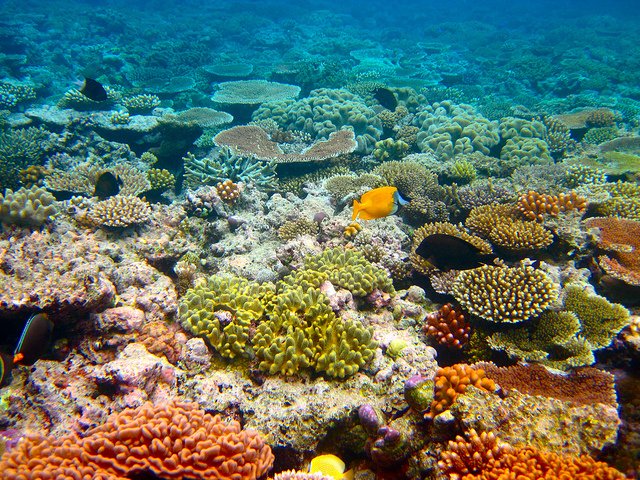
One of the seven natural wonders of the world and a UNESCO World Heritage Site, the Great Barrier Reef has been ranked by U.S. News & World Report as the best travel destination this year. Meanwhile, rises in sea temperature and ocean acidification have been threatening the very existence of the coral reef. Tiny algae living in the coral called zooxanthellae are responsible for the beautiful colors, and when conditions change, these organisms leave the area, which leads to mass coral bleaching. 93% of the reef has been affected by the bleaching epidemic. The Great Barrier Reef may not be around for much longer as global warming continues to affect its ecosystem.
Joshua Tree National Park (US)
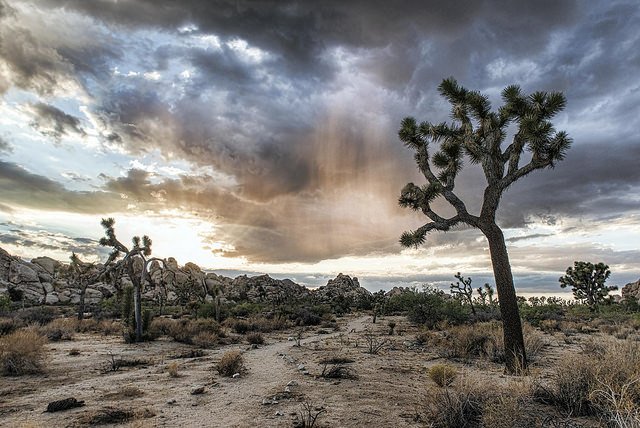
Joshua trees are extremely distinct desert plants located in the Mojave Desert, mostly in Joshua Tree National Park in California. Named by Mormon travelers for their supposed resemblance to the prophet Joshua, these trees are suffering from the drought that’s swept California in the past several years. The Mojave Desert hasn’t received its average 5 inches of precipitation in years and these desert trees are hurting. In the past 7 months, only 1 inch has fallen, preventing the trees from reproducing. By the end of the century, the park may need a new name.
The Dead Sea (Palestine/Jordan)
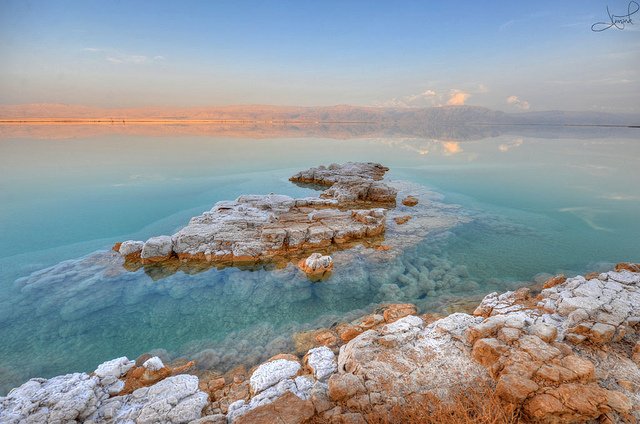
The Dead Sea, home of the lowest elevation on Earth and almost 10 times as salty as an ocean, is losing 2 billion gallons of water a year. This is because of large-scale mining operations and the diversion of water from the Dead Sea’s main water source, the Jordan River. More than 3,000 sinkholes have opened up on the shoreline, leaving craters as deep as 80 feet into the ground. If you’re keen on floating in this natural wonder, better get there sooner rather than later.
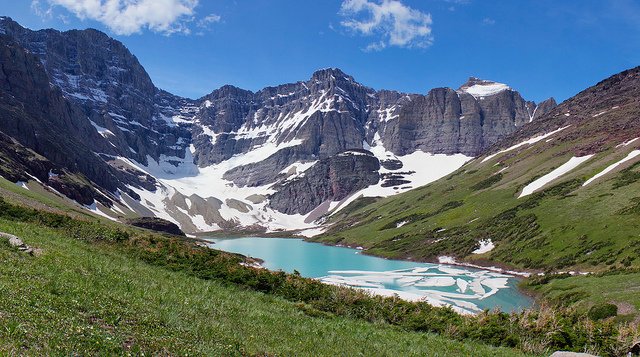
Glacier National Park has seen a 2 degree Celsius rise in temperature since 1990. While there were 150 active glaciers, just 25 remain today. The loss of 125 glaciers in a 165-year period is an acute representation of the losses the world will face as climate change accelerates. Scientists predict that all glaciers in the park’s main basin will have disappeared by 2030. The clock is ticking for Glacier National Park.
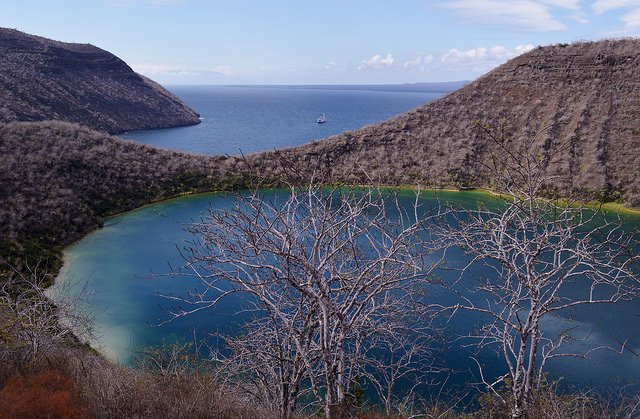
The Galápagos Islands are famous for their biodiversity, one of the reasons Charles Darwin chose to study and develop his theory of evolution there. But, once again, climate change is drastically changing the makeup of the islands. An increase in ocean temperature has caused reef die-offs and algae blooms, as well as the loss of native species, while land animals have been affected by the decline of marine life. If sea levels continue to rise, the nesting grounds of the Galápagos penguin will disappear. The Ecuadorean government has been preparing for this by building “penguin condos” inland, and by imposing restrictions on tourism to the islands.
Machu Picchu, Peru
Machu Pichu Peru pic.twitter.com/yLSMLqapou
— orbclue (@orbclue) June 3, 2016
Home to the ruins of the medieval Inca Empire, Machu Picchu has become one of the top destinations for tourists who want to explore the ‘Lost City’ that was rediscovered in 1911. Although it stands at a majestic 2,430 meters above sea-level in a cloud forest high up in the Peruvian Andes, it has been affected by erosion, landslides, and more visitors than it can handle. The historic site could soon be wiped out unless authorities take precautionary measures, such as controlling the flow of tourists, and protecting it from urban encroachment.
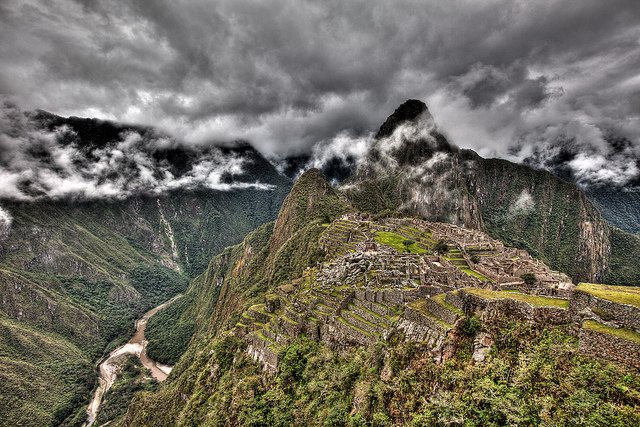
Mt. Kilimanjaro, Tanzania
Beautiful and Amazing Serengeti & Kilimanjaro! pic.twitter.com/NgAdapB1BP
— Dvt (@hd2cont) June 26, 2016
85 percent of the ice on Africa’s tallest peak, immortalised by Ernest Hemingway’s “The Snows of Kilimanjaro,” has already melted away during the last century. Once again, climate change and deforestation are the main drivers of this rapid depletion. Scientists have predicted that the mountain’s glaciers, thought to be at least 10,000 years old, might completely disappear from this peak within the next two decades.
#Kilimanjaro summit this morning - such a fun experience! @alpenglowexped#adventuredonerightpic.twitter.com/yPyBuIlM4q
— Emily Harrington (@emilyaharringto) June 24, 2016
Madagascar Rainforest
#Masoala Rainforest : #Madagascar's last paradise https://t.co/kh5gPjY5dK by @SamRowleyPhoto#TGIF#travel#ttotpic.twitter.com/CRfeCNXdR5
— ENCOUNTER MADAGASCAR (@ENCOUNTERMADA) April 8, 2016
Once 120,000 square miles, the Madagascar rainforests off the coast of Africa are now down to 20,000 square miles. The forests are being eroded by human activities like deforestation by logging and burning wood. About 75 percent of the species found here, like flat-tailed geckos, tomato frogs, and comet moths, live nowhere else on earth. Many of the island’s unique species have never been recorded, and it is feared that these species will be lost to the world before they can ever be discovered.
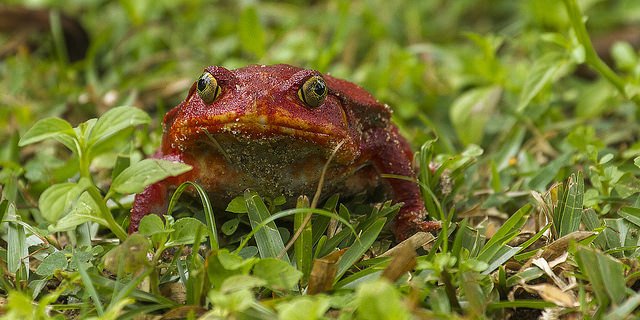

Maldives
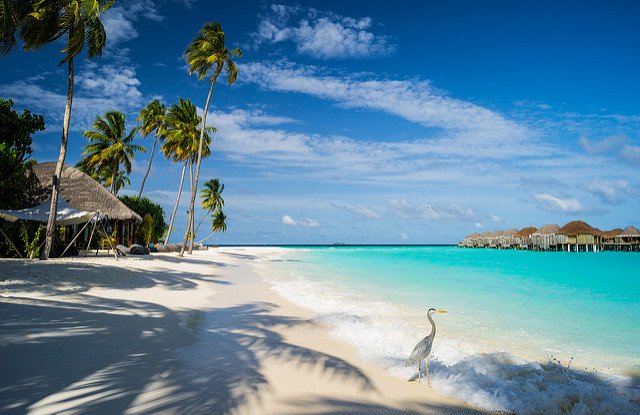
This nation is comprised of hundreds of beautiful islands in the Indian Ocean and is the lowest-lying country on Earth. It could also become the first country to be entirely submerged by water within the century if sea levels continue to rise. The Maldivian government has actually bought land in other countries for citizens who might be displaced because of climate change.
Glowing beach, Maldives pic.twitter.com/NNf2Xr4mxG
— Earth Pics (@EARTH_PlCTURE) June 28, 2016
Sundarbans, India and Bangladesh
Deep inside the Sundarbans. pic.twitter.com/LBdDCbqFo3
— Beautiful Bangladesh (@Beau_Bangladesh) June 17, 2016
The Reserve Forest is pretty famous for its considerable amount of royal bengal tiger in sundarban India.@gozerindiapic.twitter.com/jrbivE96m7
— Gozer (@gozerindia) March 10, 2016
Located on the India- Bangladesh border, the Sundarbans is a low-lying delta region in the Bay of Bengal, home to numerous endangered species, including the world’s last population of mangrove-dwelling tigers. However, due to pollution, deforestation, and continued reliance on fossil fuels, sea levels here are fast rising, causing the coastlines to rapidly erode. Thousands of inhabitants of this World Heritage Site have been displaced already. In the years to come, the environment will continue to change in dangerous ways.
Time is running out to visit these destinations! Our world is filled with unbelievably beautiful wonders of nature, but as climate change continues to affect the planet these places will no longer remain. It’s important we remember not to take the beauty of this planet for granted.